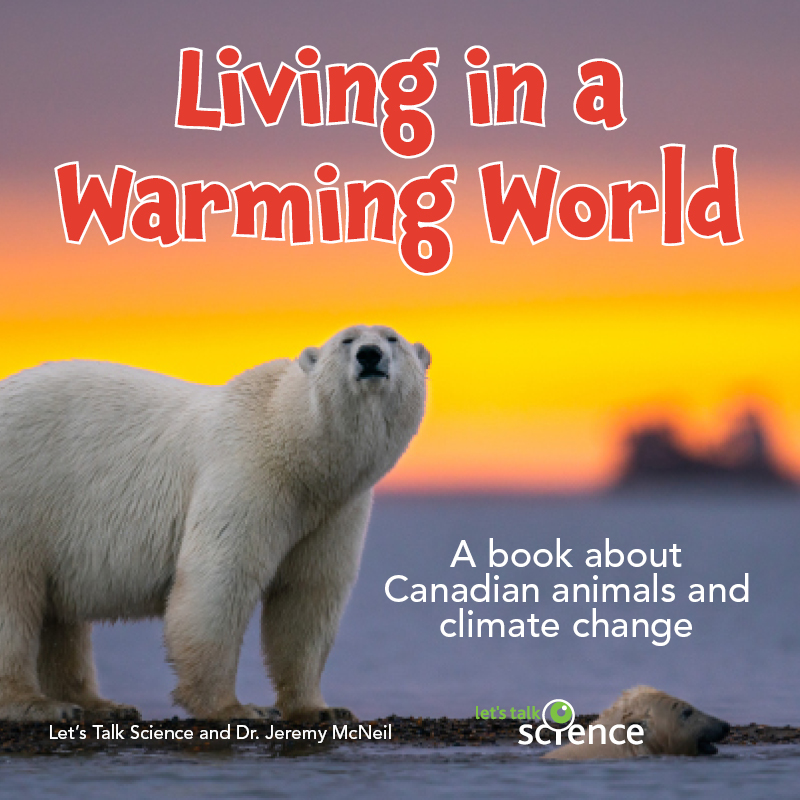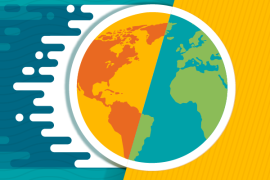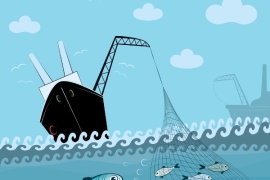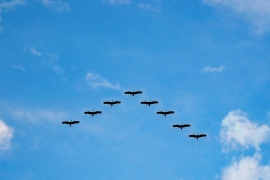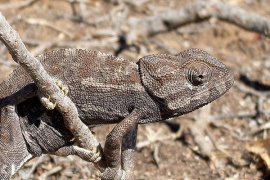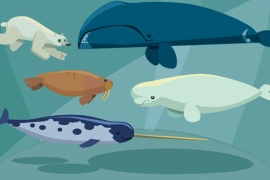BC
K
Science K (June 2016)
Big Idea: Plants and animals have observable features.
MB
2
Science Grade 2 (1999)
Cluster 1: Growth and Changes in Animals
NB
3
Science 3: Our Local Environment
October (2019)
Animals
NL
K
Exploring My World (2010)
A Closer Look at Animals
NS
2
Science 2 (2019)
Life Science: Animal Growth and
Changes
NS
P
Science Primary (2019)
Learners will compare living things through the senses
NU
2
K-6 Science and Technology Curriculum (NWT, 2004)
Life Systems: Growth and Changes in Animals
ON
K
The Kindergarten Program (2016)
14. demonstrate an awareness of the natural and built environment through hands-on investigations, observations, questions, and representations of their findings
PE
2
Science Grade 2 (2012)
Life Science
PE
K
Science K (June 2016)
Big Idea: Plants and animals have observable features.
QC
Elementary Cycle 2
Science and Technology, Elementary
Living Things
SK
2
Science Grade 2 (2011)
Life Science – Animal Growth and Changes (AN)
SK
K
Kindergarten (2010)
Life Science: Living Things in our Environment (LT)
ON
2
Science and Technology, Grades 2 (2022)
Strand B. Life Systems; Growth and Changes in Animals
NT
2
K-6 Science and Technology Curriculum (NWT, 2004)
Life Systems: Growth and Changes in Animals
AB
4
Science 4 (2023)
Living Systems: Understandings of the living world, Earth, and space are deepened by investigating natural systems and their interactions.
AB
10
Science 10 (2005, updated 2015)
Unit D: Energy Flow in Global Systems
BC
7
Science Grade 7 (June 2016)
Big Idea: Earth and its climate have changed over geological time.
BC
9
Science Grade 9 (June 2016)
Big Idea: The biosphere, geosphere, hydrosphere, and atmosphere are interconnected, as matter cycles and energy flows through them.
BC
11
Earth Sciences 11 (June 2018
Big Idea: The transfer of energy through the atmosphere creates weather and is affected by climate change.
BC
11
Science for Citizens 11 (June 2018)
Big Idea: Scientific understanding enables humans to respond and adapt to changes locally and globally.
BC
12
Environmental Science 12 (June 2018)
Big Idea: Human activities cause changes in the global climate system.
MB
10
Senior 2 Science (2001)
Cluster 4: Weather Dynamics
NB
7
Science 7: Earth Surface Processes (2020)
Weather Systems and Climate
NB
9
Science 9: Ecosystem Dynamics (2020)
Earth and its Place in the Universe
NB
11
Physical Geography 110 (n.d.)
5. Climatology
NB
12
Introduction to Environmental Science 120 (2012)
Unit 1: An overview to Environmental Science
NB
12
Introduction to Environmental Science 120 (2012)
Unit 3: Investigating Environmental Issues
NL
10
Science 1206 (2018)
Unit 1: Weather Dynamics
NL
11
Science 2200 (2004)
Unit 1: Ecosystems
NL
11
Science 2200 (2004)
Unit 2: Weather Dynamics
NL
12
Environmental Science 3205 (revised 2010)
Unit 5: The atmosphere and the Environment
NS
8
Science Grade 8 (2020)
Learners will evaluate oceanographic and other evidence of climate change inclusive of a Mi’kmaw perspective.
NS
8
Science Grade 8 (2020)
Learners will evaluate the impact of human activity on climate change.
NU
10
Experiential Science 10 - Terrestrial Systems
Unit 2: Climatology and Meteorology
NU
10
Science 10 (2005, updated 2015)
Unit D: Energy Flow in Global Systems
ON
10
Science Grade 10 Academic (SNC2D)
Strand D: Climate Change
ON
10
Science Grade 10 Applied (SNC2P)
Strand D: Earth’s Dynamic Climate
ON
11
Environmental Science, Grade 11, University/College (SVN3M)
Strand B: Scientific solutions to Contemporary environmental Challenges
PE
12
Environmental Science 621A (2011)
Environmental Challenges and Successes
QC
Sec IV
Environmental Science and Technology
The Earth and Space
QC
Sec IV
Science and Technology
The Living World
QC
Sec I
Science and Technology
The Earth and Space: General Characteristics of Earth
QC
Sec II
Science and Technology
The Earth and Space: General Characteristics of Earth
YT
11
Earth Sciences 11 (British Columbia, June 2018
Big Idea: The transfer of energy through the atmosphere creates weather and is affected by climate change.
YT
12
Environmental Science 12 (British Columbia, June 2018)
Big Idea: Human activities cause changes in the global climate system.
YT
11
Science for Citizens 11 (British Columbia, June 2018)
Big Idea: Scientific understanding enables humans to respond and adapt to changes locally and globally.
YT
9
Science Grade 9 (British Columbia, June 2016)
Big Idea: The biosphere, geosphere, hydrosphere, and atmosphere are interconnected, as matter cycles and energy flows through them.
SK
10
Science 10 (2016)
Climate and Ecosystem Dynamics
SK
11
Environmental Science 20 (2016)
Atmosphère et santé humaine
NT
10
Science 10 (Alberta, 2005, updated 2015)
Unit D: Energy Flow in Global Systems
ON
9
Science Grade 9 (SNC1W) (2022)
Strand B: Sustainable Ecosystems and Climate Change
AB
5
Science 5 (2023)
Earth Systems: Understandings of the living world, Earth, and space are deepened by investigating natural systems and their interactions.
AB
6
Science 6 (2023)
Earth Systems: Understandings of the living world, Earth, and space are deepened by investigating natural systems and their interactions.
MB
4
Science Grade 4 (1999)
Cluster 1: Habitats and Communities
NB
3
Science 3: Our Local Environment
October (2019)
Habitats
NL
4
Science 4 (2016)
Unit 4: Habitats and Communities
NS
4
Science 4 (2019)
Life Science: Habitat
NU
4
K-6 Science and Technology Curriculum (NWT, 2004)
Life Systems: Habitats and Communities
PE
4
Science Grade 4 (2012)
Life Science: Habitats and Communities
QC
Sec I
Science and Technology
Living World: Diversity of Life Forms
QC
Sec II
Science and Technology
Living World: Diversity of Life Forms
SK
4
Science Grade 4 (2011)
Life Science – Habitats and Communities (HC)
ON
4
Science and Technology, Grade 4 (2022)
Strand B: Habitats and Communities
NT
4
K-6 Science and Technology Curriculum (NWT, 2004)
Life Systems: Habitats and Communities
NU
10
Experiential Science 10 - Terrestrial Systems
Unit 4: Resource Management and Population Dynamics
NT
10
Experiential Science 10 - Terrestrial Systems
Unit 4: Resource Management and Population Dynamics
PE
5
Integrated Curriculum Grade 5: Science (Draft 2023)
DK 1.2: Understanding weather, climate, and their impact on the environment helps us make informed choices to protect our planet.
